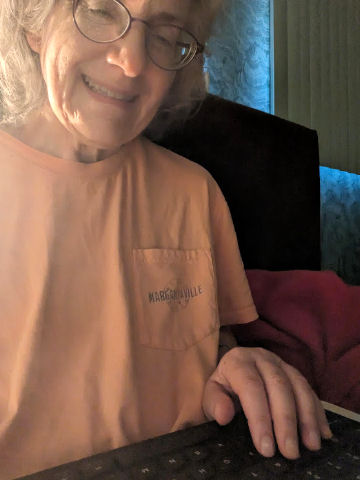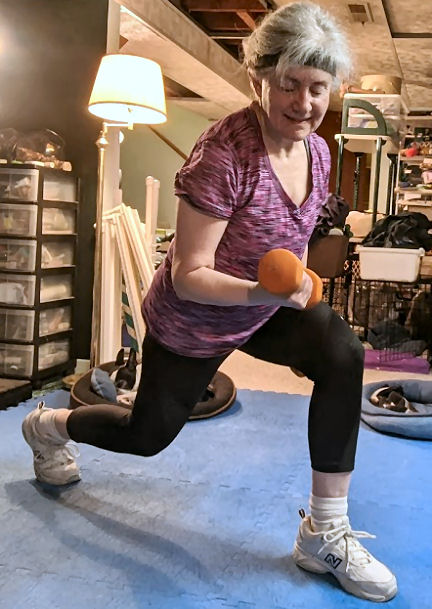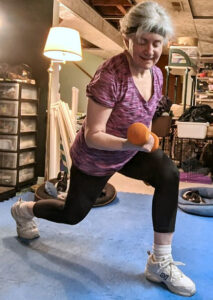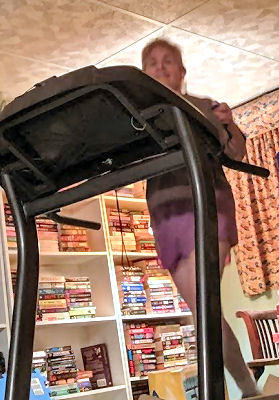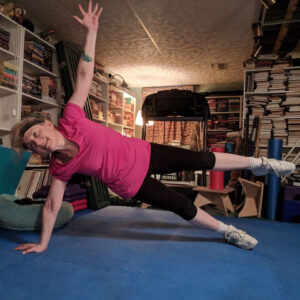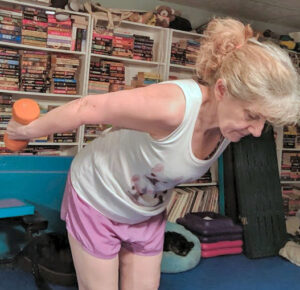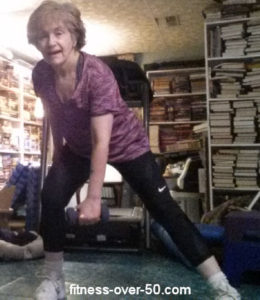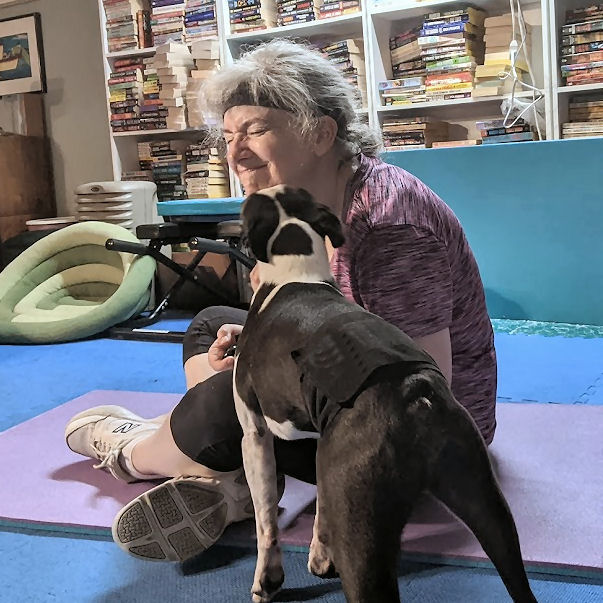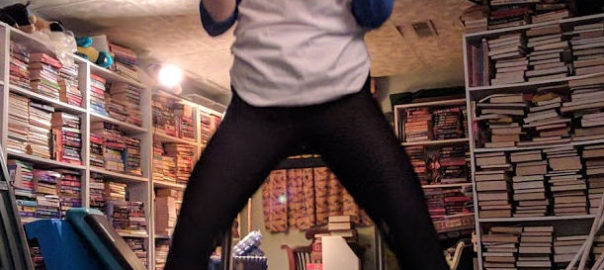I love to read. No surprise there, right? I was a bookworm growing up (in fact my favorite bookmark is a pink plastic worm that clips over the page!). If you needed me, just look in my room and I’d be reading a book. And now, there’s nothing I love more than setting aside a few minutes (okay, an hour) and delving into the current book on my nightstand. And that’s fine – to take a little while for your favorite hobby for a break. It’s sure tempting to read good books all day long, but that’s not how you get things done. That’s not growing, it’s standing still. Here’s how to not stagnate.
Ground your emotions every day
When you want to be your most productive self, the last thing you want is for your thougths to wander in a million directions. It’s easy for that to happen, with today’s focus on screens and newsfeeds. But to be productive and not stagnate, you need a clear mind in order to focus. My mind has a tendency to wander, so I just close my eyes and pull my thoughts in. I focus on a single thought. I take time when I get up in the morning to wash, take the dogs out, and give all of us breakfast before I turn on a single screen or check any email account. And, yes, I do read a few pages in my book at breakfast.
Daily discipline
Clinical psychologist Tricia Wolanin, PsyD, agrees that a daily discipline can help you focus for the rest of the day. She also recommends starting your day with intention, asking how you want to feel and what you want to accomplish that day. Setting that intention will also keep you going – and growing.
Set one small goal for the day
When I get to work, I make my list for the day, and at the top is one small thing I want to get done today, like check for orders on the site, or file the invoices from last week. I focus on that one thing, do it and feel accomplished. Then I’m ready to tackle some more meaty tasks. I recently wrote that we should write what we want to do. I take something from that list, and the steps that I think I can accomplish today, and write that on today’s list. And that keeps you going, and growing, and also helps you to not stagnate. Just because we’re getting older does not mean that we should cultivate moss on us. We’re growing, we’re resilient, and we’re all in for our healthy aging, too.



